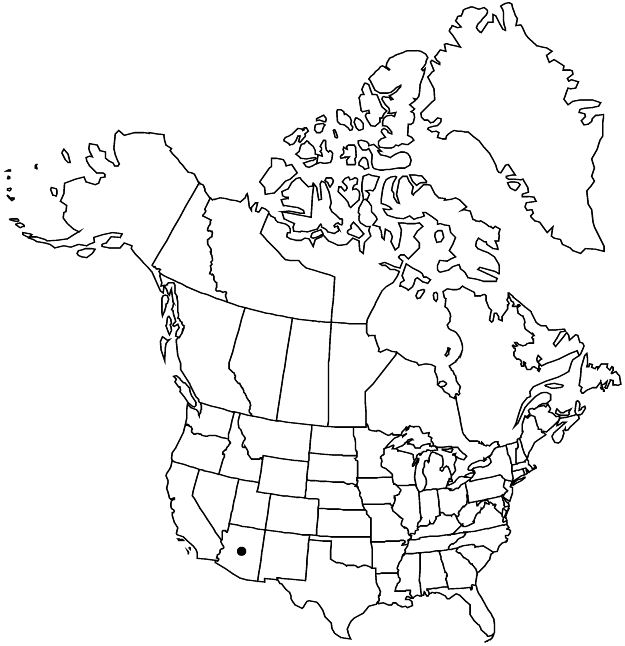Hybanthus attenuatus
Notizbl. Bot. Gart. Berlin-Dahlem 12: 114. 1934.
Plants herbs, annual, 11–46 cm, from taproot. Stems 1, erect, often purple mottled, simple to much-branched, glabrous or pilose (especially distal half). Leaves: proximal opposite or subopposite, distal mostly alternate, petiolate; stipules linear [narrowly ovate], 1–5 mm, glabrous [ciliate]; petiole (3–) 4–7 mm; blade elliptic to lanceolate or oblong-lanceolate, 1.5–7 (–10.5) × 0.3–2.5 cm, base attenuate, margins usually serrate, sometimes crenate, ciliate, apex attenuate to acuminate, surfaces coarsely glabrous or coarsely hairy. Inflorescences 1-flowered or 2 (–4) -flowered (often with 1 or 2 aborting); peduncle erect to horizontal at anthesis, usually erect in fruit, 2–20 mm, puberulent; bracteoles present. Flowers: sepals usually appressed to corolla, lanceolate, margins usually ciliate, apex acuminate; petals: upper white proximally, ovatelanceolate to narrowly oblong, 2.5–3.5 mm, apex lilac to deep reddish violet, deltate, usually glabrous; laterals white or purple-tinged, ovatelanceolate, inequilateral, ± falcate, 0.5–2 mm, usually glabrous; lowest white or violet with basal purple patch, 8–12 mm, claw 4–5 × 1–2 mm, distal limb broadly angular-deltate or elliptic, ± flat to convex at anthesis, 4–7 mm wide, apex obtuse to rounded, glabrous or scarcely pubescent on adaxial surface; cleistogamous flowers on short peduncles. Capsules ovoid, 4–6 mm. Seeds 6, dark-brown to black with white to gray mottling, globose or ovoid to ± flattened with angular edges, 1.5–2 mm. 2n = 24, 32.
Phenology: Flowering Aug–Oct.
Habitat: Shaded areas, canyons, near water
Elevation: 1100–1900 m
Distribution

Ariz., Mexico, Central America, South America, in Asia (Indonesia)
Discussion
Hybanthus attenuatus has been reported as a fast-growing, common weed in crops, humid pastures, and waste places in Central America (M. Soerjani et al. 1987). It has been found in rice paddies in central Java (Soerjani et al.; B. M. Waterhouse and A. A. Mitchell 1998).
Selected References
None.
Lower Taxa
"thick" is not a number.